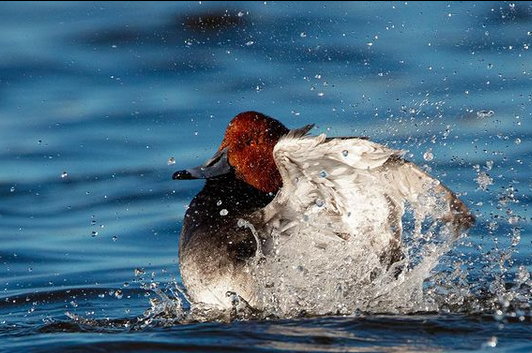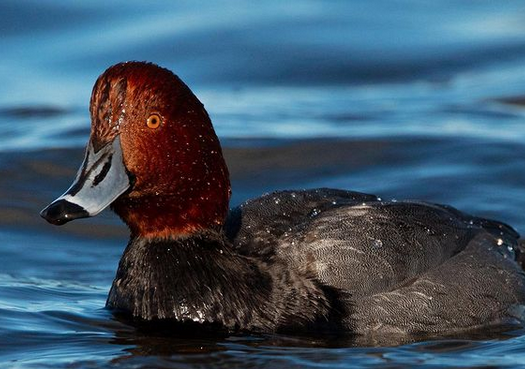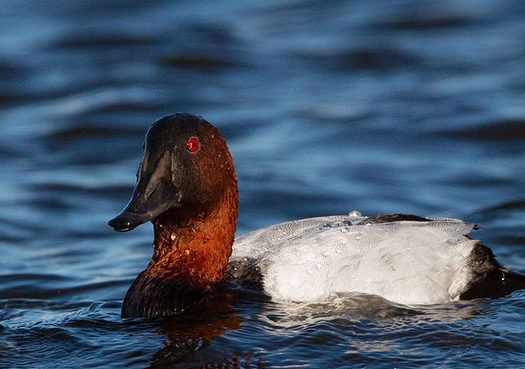One cannot write about a wintertime visit to the Pungo Unit at the Pocosin Lakes NWR in North Carolina without mentioning the vast numbers of Tundra Swans who spend the cooler months here.
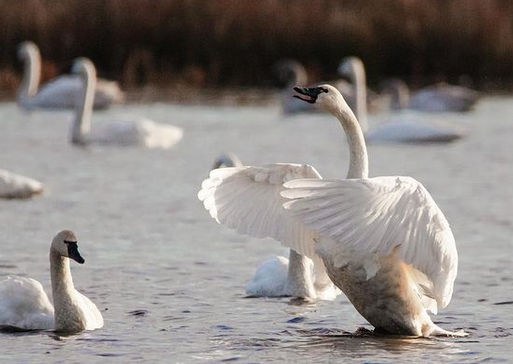
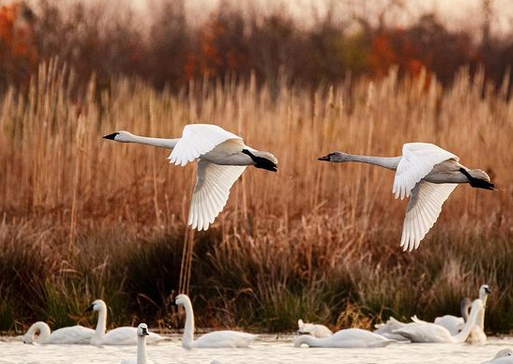
During my birding trip last month, I was greeted by the sight of a huge flock of these large beautiful birds feeding in the wide open fields of the refuge.
It was neat to stand there listening to the swans calling out to one another on the cold December morning!

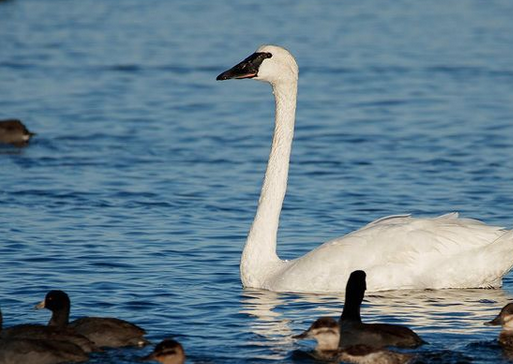
Arriving in N.C. in late autumn /early winter, Tundra swans, make their way to the the Pungo Unit of Pocosin Lakes NWR where the agricultural fields are filled with leftover grain which provides winter nourishment for the birds.
This crop management is the result of an agreement between the Wildlife Service and local farmers.


During the day, the swans move throughout the refuge flying from Pungo Lake to the farm fields in search of food.
In the the large shallow ponds created by flooded out fields, the birds graze on the submerged vegetation below the waters surface.
It’s in these fields that the birds are best observed up close vs. trying to view them paddling in the water over the vast expanse of Pungo Lake.
Aren’t they lovely?
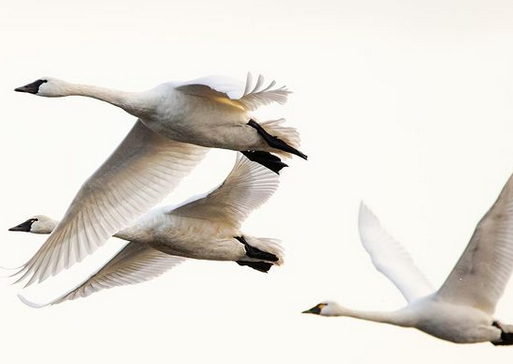
Photos & video by @sally_siko of @birdwatching_nc on the fabulous full frame @canonusa
#5Ds

